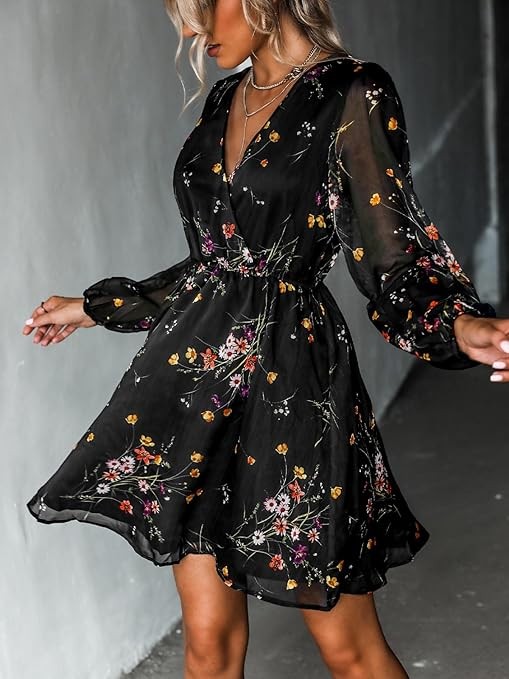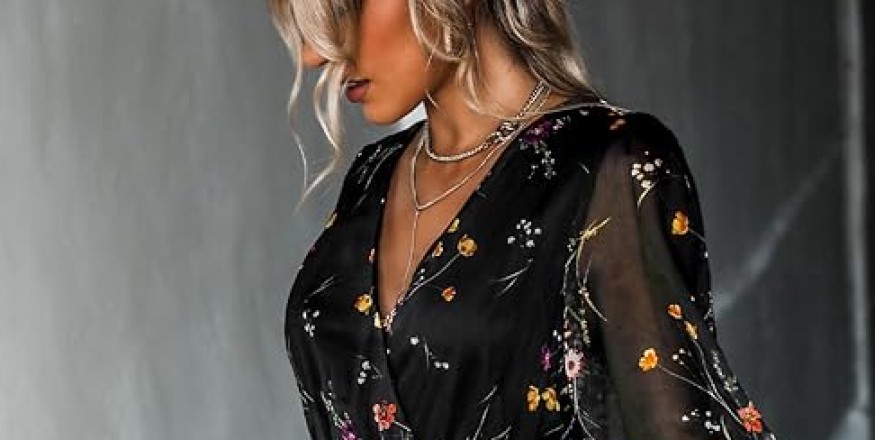 x
x
In a world where fashion is often judged by fleeting trends, Amara Lewis, a young African-American woman, chose to define her style by something timeless—intellect, identity, and impact.
Amara wasn't just any woman. She was a coder by day, a poet by night, and always a trailblazer in between. Her wardrobe wasn't just about aesthetics—it was about empowerment. Every outfit she wore told a story. A story of her roots, her rise, and her radiant self-respect.
Chapter 1: The Morning of the Interview
It was 7:00 AM in downtown Atlanta. Amara stood before her mirror, prepping for a big tech pitch that could change everything for her AI startup. The world around her was still half asleep, but she was fully awake—mind sharp, heart steady.
Her outfit that day? A perfectly tailored black blazer paired with high-waisted wide-leg trousers—a nod to Black fashion icons from the 1970s. Underneath, she wore a silky kente-inspired blouse, vibrant with oranges and golds. Not too loud—but proud.
She fastened her gold hoop earrings—symbols of Black girl magic since the Bronx birthed hip-hop. Her afro was neatly shaped, a crown of confidence.
“Style isn't just what you wear,” she whispered to herself. “It's how you speak before saying a word.”
Chapter 2: Where Fashion Meets Heritage
Amara’s fashion choices always carried a deeper meaning. Her grandmother, a seamstress from rural Mississippi, once told her:
“Your outfit can be your armor or your message. Choose wisely, baby.”
So, Amara chose to be both protected and expressive. Her wardrobe fused modern Black elegance with ancestral wisdom. In boardrooms, she turned heads not because she dressed to impress—but because she dressed to represent.
From Ankara prints reimagined into pencil skirts, to melanin-celebrating T-shirts under leather jackets, her fashion spoke volumes.
She wasn’t dressing for the male gaze. She was dressing for the Black girl who thought she had to shrink herself to succeed. Amara wanted her outfit to say: "You don’t have to tone it down. Turn it up—and stay smart doing it."
Chapter 3: The Pitch & The Power
At the tech summit, Amara walked on stage with posture like poetry. Her outfit was bold, yet professional—an embodiment of the smart Black woman’s dual identity: powerful and polished, creative and calculated.
As she spoke about ethical algorithms and AI fairness, the audience leaned in. But even before she spoke, her style had already broken stereotypes. Her outfit wasn't just smart—it was strategically smart.
She received a standing ovation. Not just for her ideas—but for her presence. She owned the room. And every young Black woman watching knew—“That could be me.”
Chapter 4: More Than Just Clothes
Amara’s story is just one of millions. Across cities and continents, smart Black women are crafting their style to reflect who they truly are: doctors in bold Ankara headwraps, lawyers in dreadlocks and designer suits, educators in hoop earrings and power heels.
The smart Black woman’s outfit isn’t just about fabric—it's about freedom. It's about visibility in spaces that once ignored her. It's about reclaiming identity, one outfit at a time.
Final Thoughts
In every stitch, in every style, Black women like Amara are rewriting fashion rules. They're saying:
Yes, you can be elegant and unapologetically Black.
Yes, you can be intellectual and fashionable.
Yes, you can be both history and future—in one look.
So, whether you’re dressing for a pitch, a protest, or a poetry slam, remember this:
ns13.58.67.129da2The smart Black woman’s outfit isn’t about fitting in.12Please respect copyright.PENANAoc1CCrvd68
It’s about standing out—with grace, genius, and greatness.






















